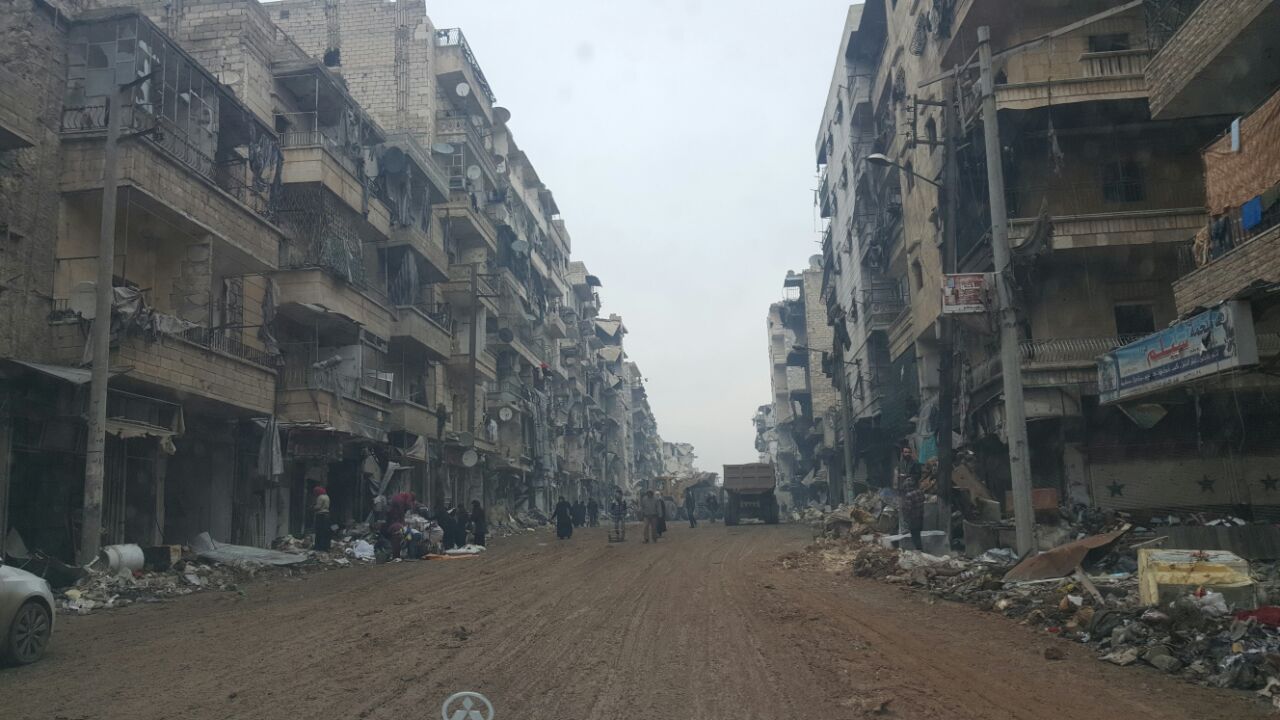SUMMARY
After a nearly six-year battle the city of Aleppo is now under the full control of the Assad government and begins a new phase: a potentially long and arduous period of reconstruction. Since the conflict started, 33,500 of the city’s residential buildings have been damaged. Satellite images taken in September 2016 show that most of destruction occurred in eastern neighborhoods of Aleppo, particularly in informal settlements, which are expected to accommodate some 750,000 returnees if they are able to return. This area was the most heavily bombed in the city and will need to be reconstructed from the ground up.
Low-income areas in the east are going to be significant components of the post-war reconstruction. However, several threats will potentially arise: warlordism, land grabbing and widespread corruption are all likely to pose serious obstacles to returnees. So far it is not clear if the Assad government will allow people to return; in cities such as Homs it is clear that Sunni Moslems have been denied permission to reclaim their homes. To achieve social and economic recovery, the physical and emotional wounds of the city must be healed together, ensuring that the housing needs and rights of low-income returnees are respected.
To mitigate some of these threats, those involved in reconstruction should consider the following:
● There is an urgent need for a reconciliation deal that includes clear provisions on land ownership. In line with this, the provision of housing, land and property (HLP) rights should be addressed to heal social tensions and to prevent future conflicts.
● The reconstruction plan should be completed with an updated, city-level strategy and action plan for informal settlement regularization as well as for addressing the housing challenges faced by low-income returnees.
● With the number of widows rising, special attention must be given to the gender aspects of the conflict with a focus on addressing the challenges faced by low-income female-headed households.
To download the full report, please click here.
 The Aleppo Project
The Aleppo Project
Join the conversation
You must be logged in to post a comment.